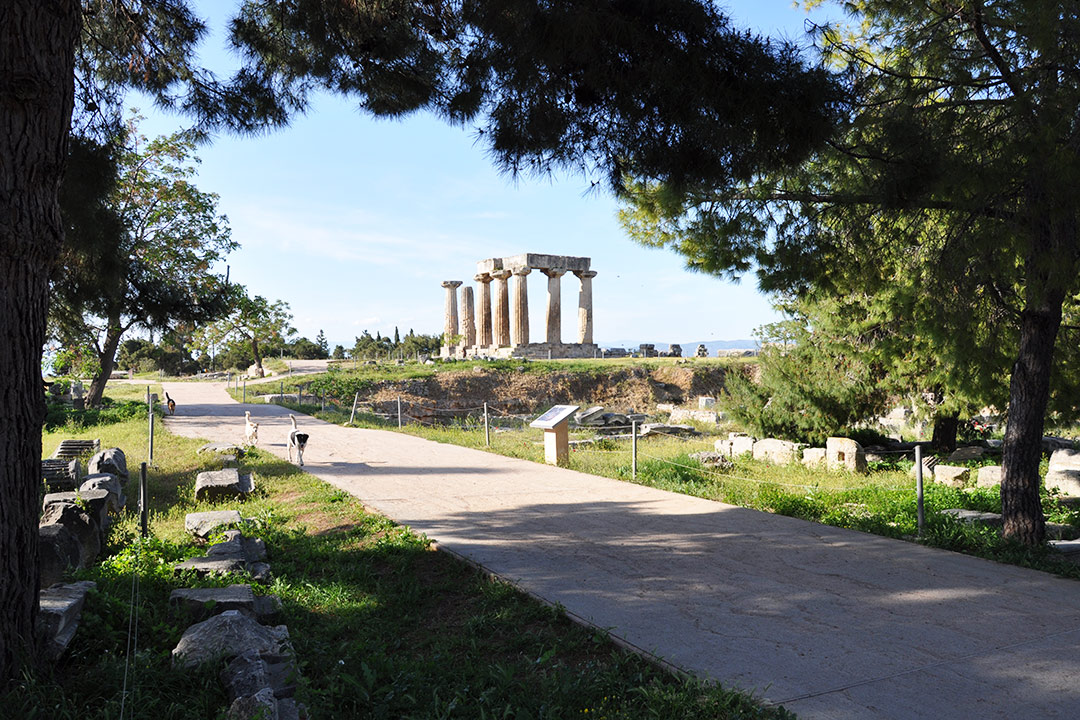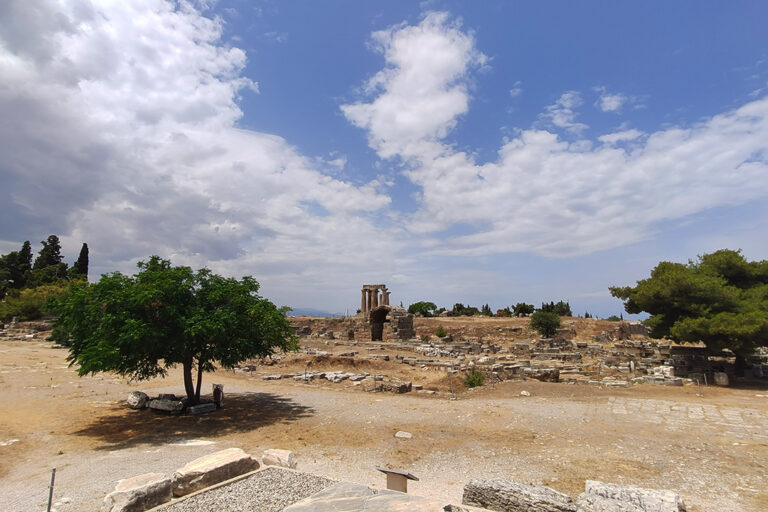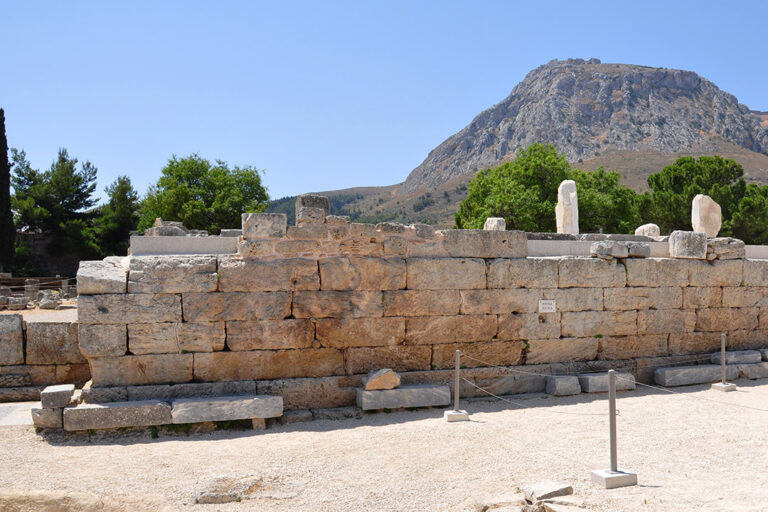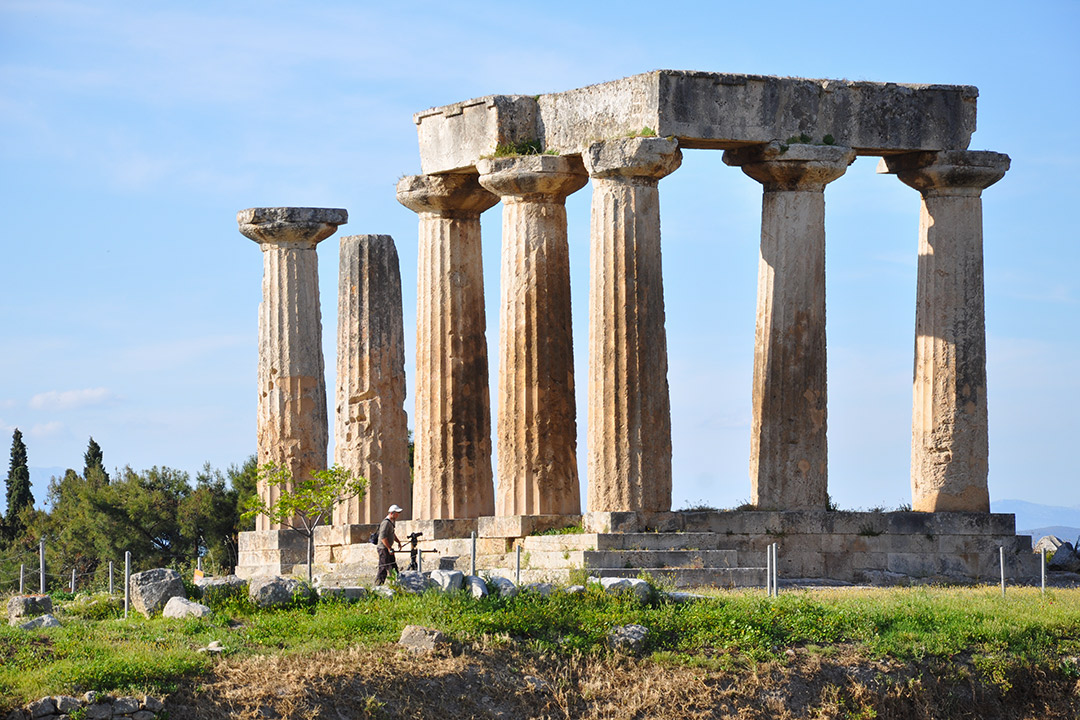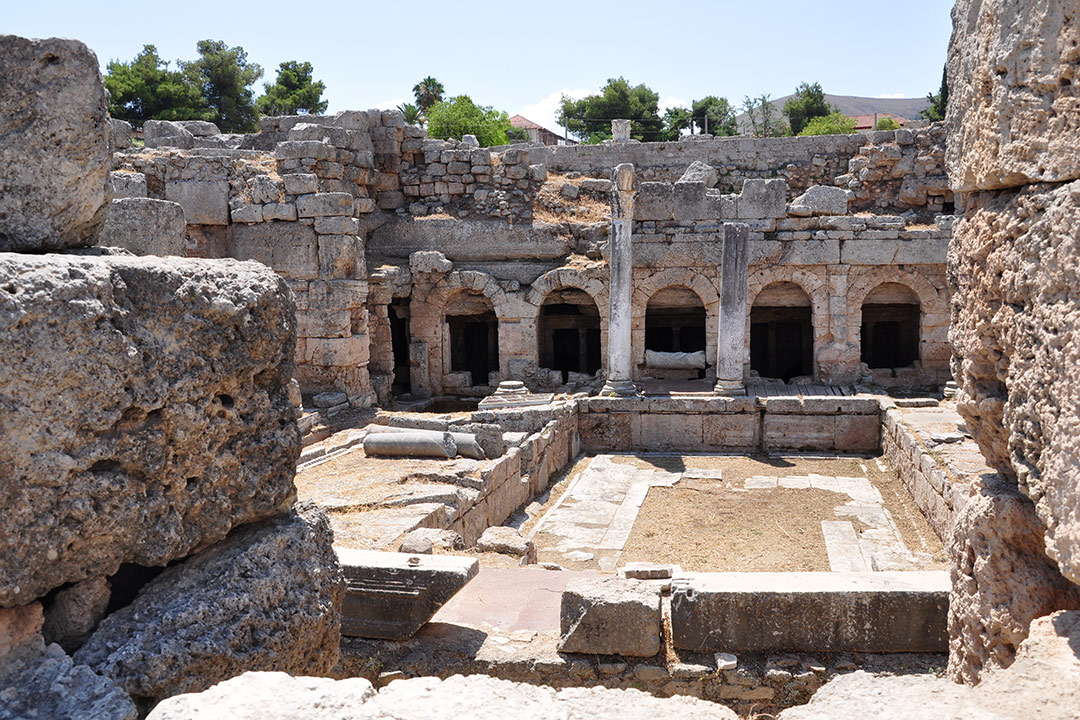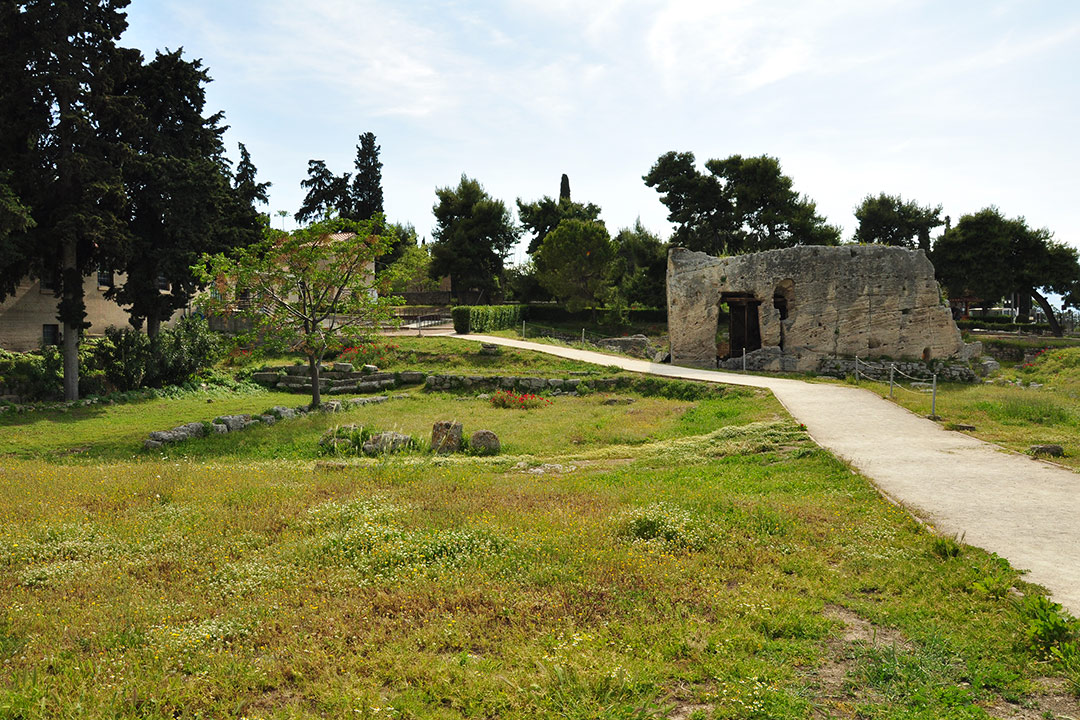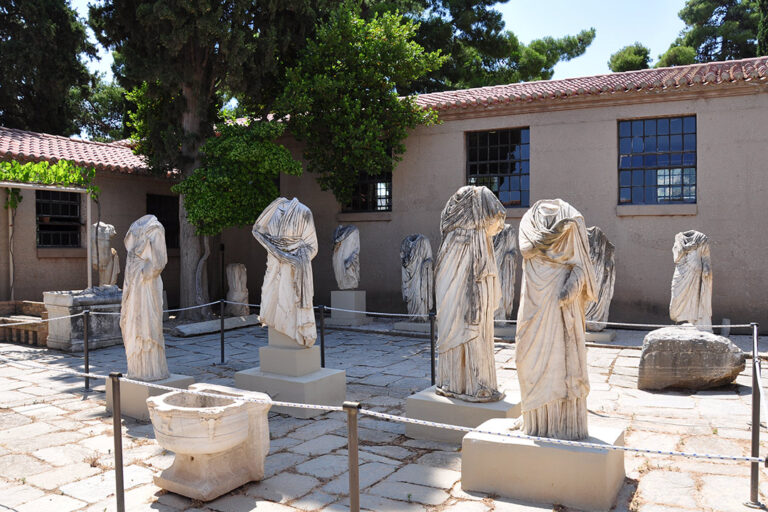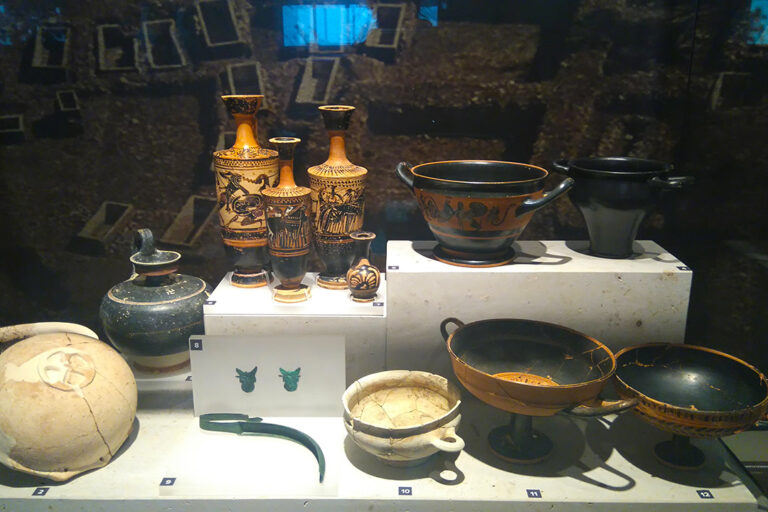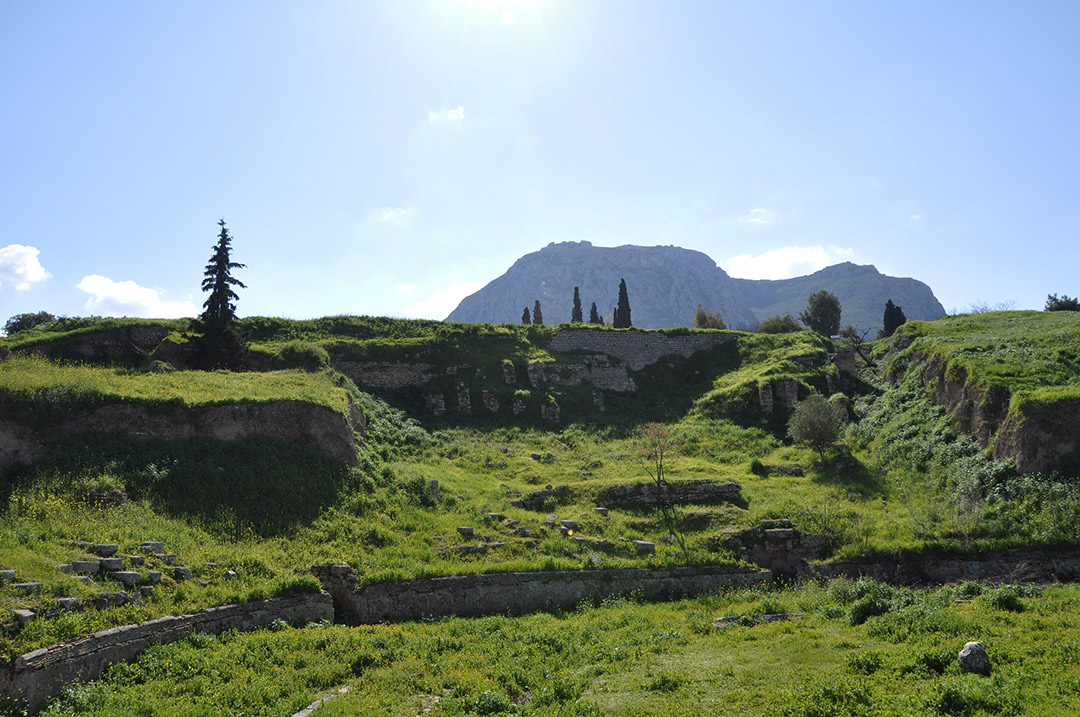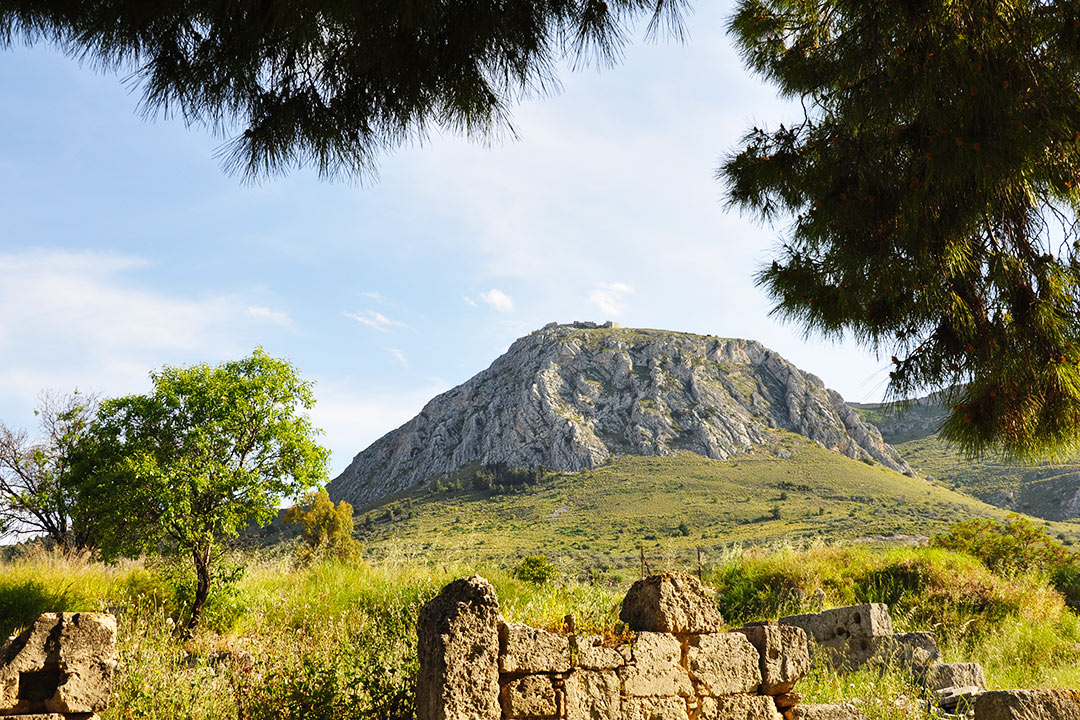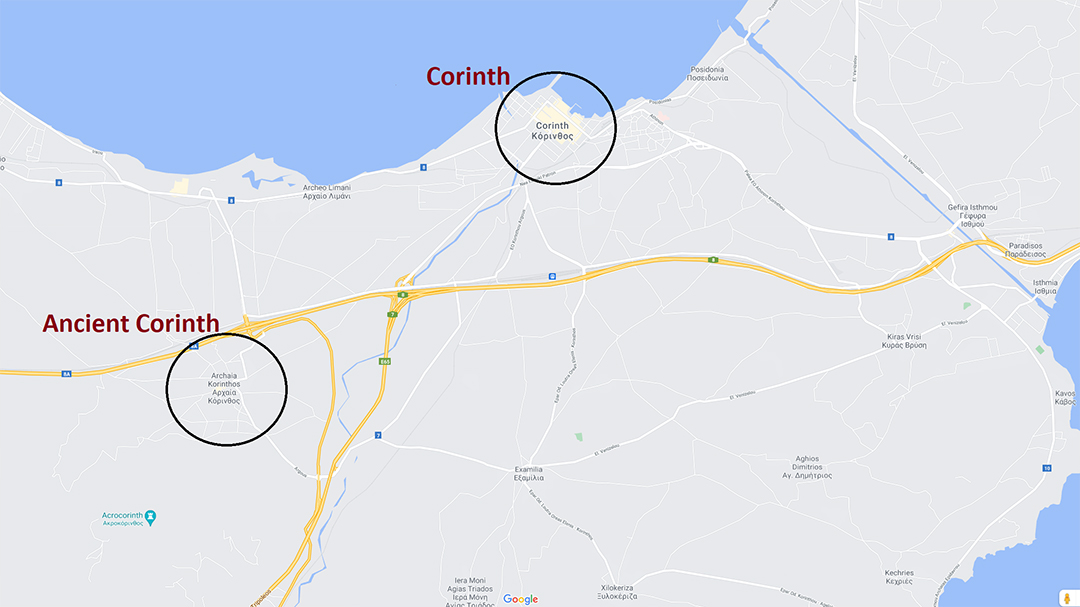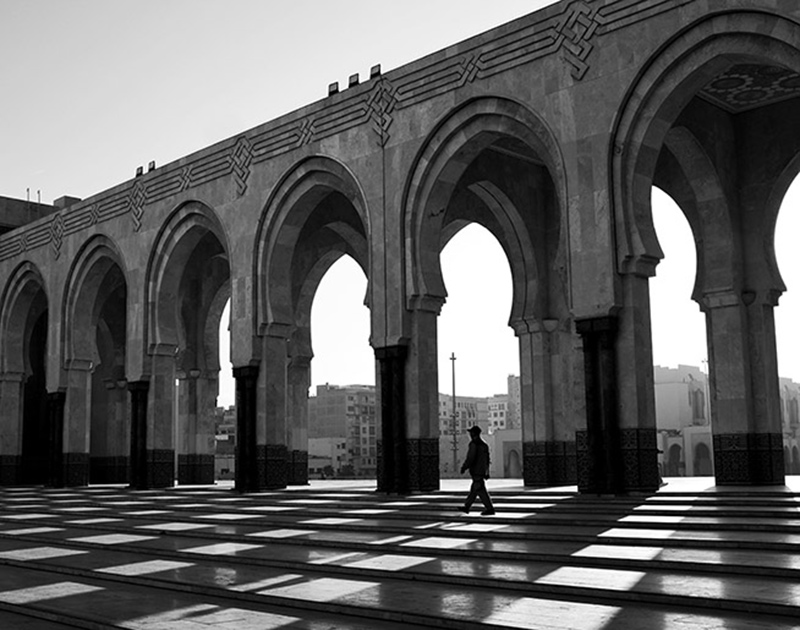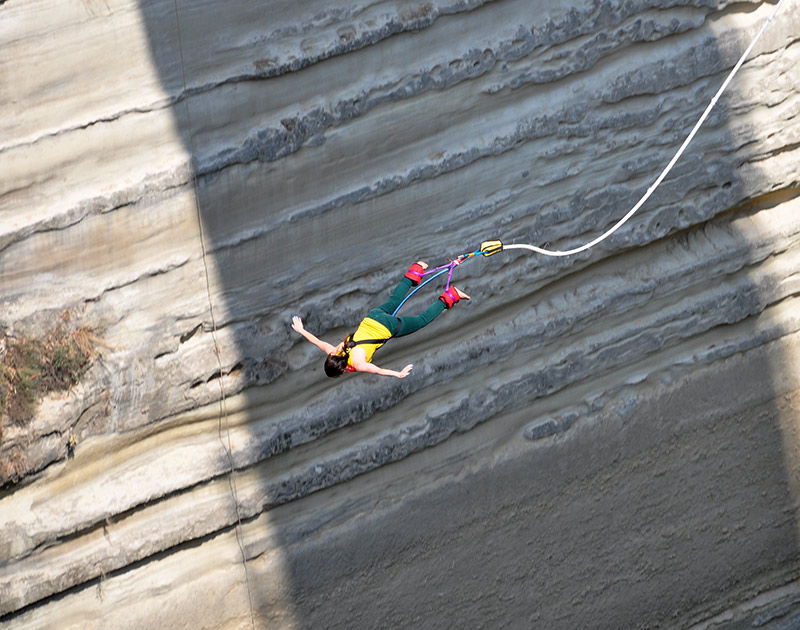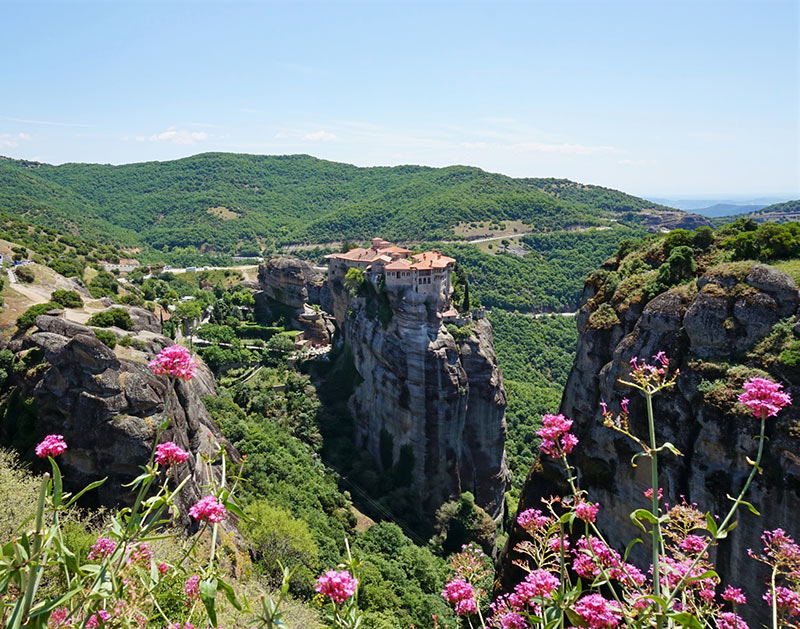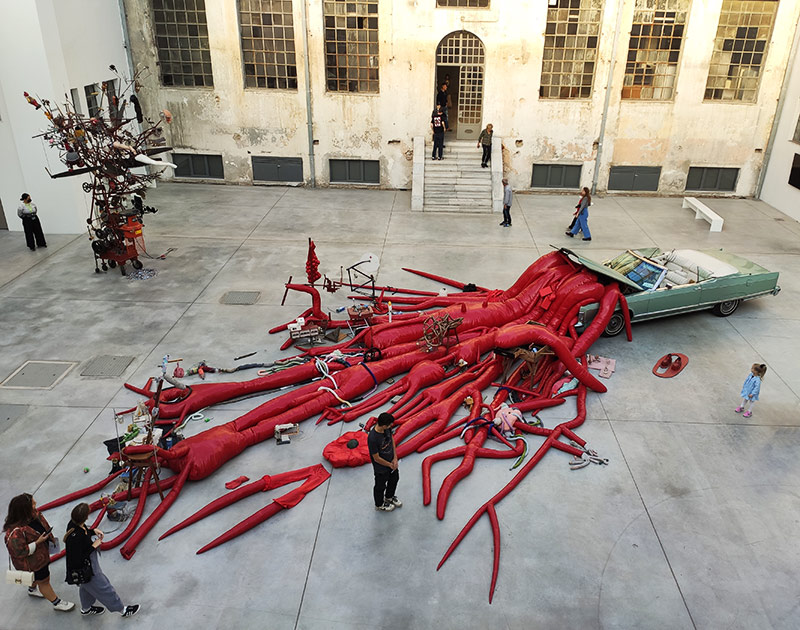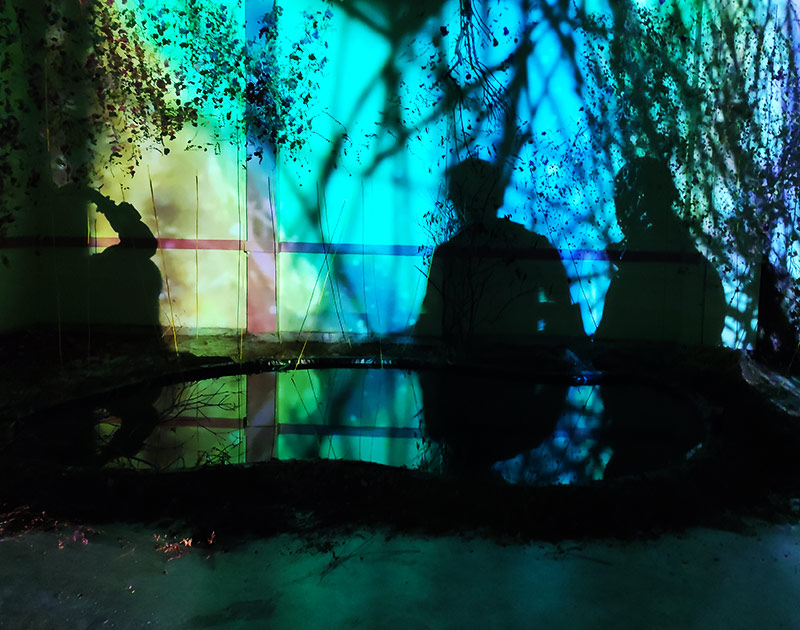Sofia Ps.
A day in Ancient Corinth
Are you looking for an exciting day trip from Athens? Are you interested in ancient Greek history and mythology? Do you wish to combine a museum visit with other activities, such as hiking, swimming, or even bungee jumping? Search no more! A day in ancient Corinth is what you want!
Ancient Corinth, known in Greek as Archaia Korinthos (Αρχαία Κόρινθος), is located near the Isthmus of Corinth connecting Central Greece to the Peloponnese peninsula. This gave the city a strategic and commercial advantage and it became one of the most important city-states of ancient Greece. Nowadays, you can see the ruins of the ancient site and visit the city centre of ancient Corinth.
Archaeological site & museum
“The Corinthian land is a portion of the Argive, and is named after Corinthus. That Corinthus was a son of Zeus I have never known anybody say seriously except the majority of the Corinthians.”
[Pausanias, Description of Greece, Book II (Corinth), 2.1.1.]
Corinth, referred to as prosperous by Homer, was known in antiquity for its wealth and splendour. Its strength and plenty are reflected in the Greek buildings of the city, such as the Temple of Apollo.
Visiting the site and the museum is the best way to learn more about Corinth, the everyday life of its people and the city’s history through the ages. Explore ancient shops, stoa buildings, fountains, baths, Basilicas, monuments and shrines, and find fascinating stories connected to the ancient ruins. Discover the sad myth behind Glauke Fountain, walk on Lechaion road and feel like a true Roman, listen to the water still running at the Peirene Fountain, stand in front of the Bema and read about the story of Apostle Paul (Acts 18:1-18) and how he spread Christianity to the ancient city.
The small museum within the site houses many interesting objects found in Corinth dating from the prehistoric period to the Middle Ages.
Still wondering what the ancient city would look like? Here’s a video to help you!
A visit to ancient Corinth wouldn’t be complete without visiting Acrocorinth, the fortified citadel of the ancient and medieval city. It’s the best place to hike near Corinth and enjoy amazing views surrounded by ancient ruins. What’s more, the entrance is free!
Ancient Corinth vs Corinth
Before you go, something you need to know is that Ancient Corinth and Corinth are two different locations. It’s slightly confusing, so just keep that the site of the ancient city is not at the contemporary city of Corinth. In 1858, a great earthquake destroyed part of the old town and the people had to rebuild it. However, they chose to build Corinth (also known as New Corinth) closer to the sea, about 5 km away from the ancient city.
Useful Links
- Archaeological Site of Ancient Corinth
- Archaeological Museum of Ancient Corinth
- Excavations of Ancient Corinth
- Pausanias, Description of Greece with an English Translation by W.H.S. Jones, Litt.D., and H.A. Ormerod, M.A., in 4 Volumes. Cambridge, MA, Harvard University Press; London, William Heinemann Ltd. 1918
- 3D documentation of Peirene Fountain and the Temple of Apollo

